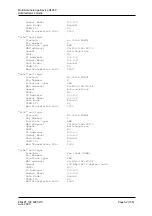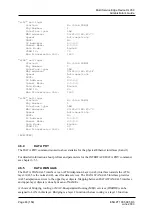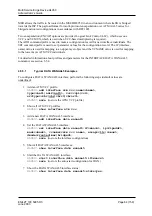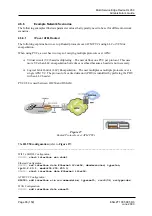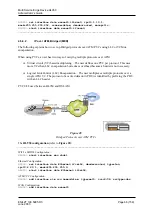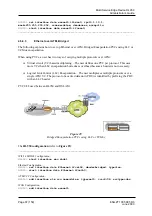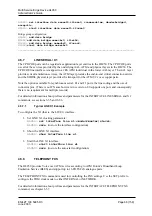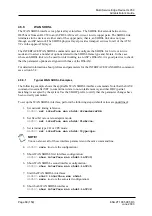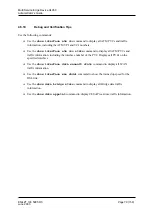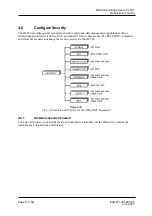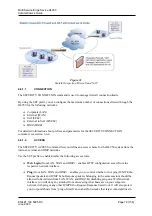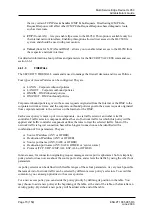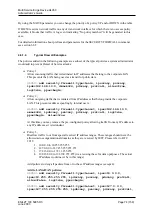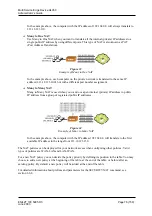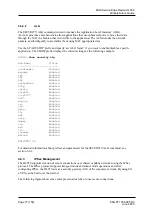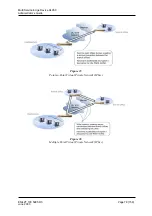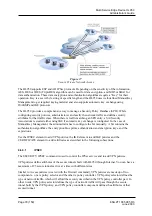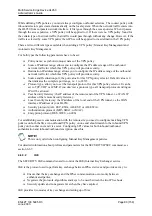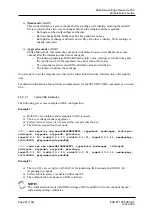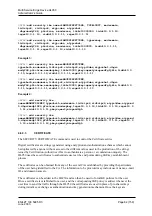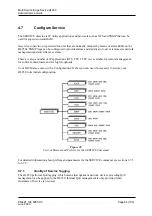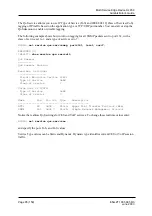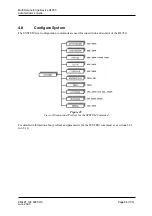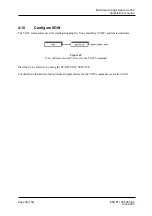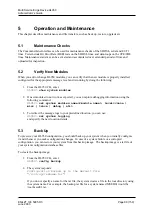
Multi Service Edge Device HL950
Administrator’s Guide
EN/LZT 108 5995 R3
Page 76 (159)
June 2003
In the example above, the computer with the IP address of 192.168.0.0 will always translate to
213.18.123.110.
!
Many to One NAT
Use Many to One NAT when you want to translate all the internal (private) IP addresses to a
single public IP address by using different ports. This type of NAT is also known as PAT
(Port Address Translation).
Figure 33
Example of Many to One NAT
In the example above, each computer on the private network is translated to the same IP
address (213.18.123.100), but with a different port number assignment.
!
Many to Many NAT
Many to Many NAT is used when you want to map an internal (private) IP address to public
IP address from a group of registered public IP addresses.
Figure 34
Example of Many to Many NAT
In the example above, the computer with the IP address 192.168.0.0 will translate to the first
available IP address in the range from 213.18.123.150.
The NAT policies can be deployed for your network access when configuring other policies. Valid
types of policies are WAN-LAN and LAN-WAN.
For a new NAT policy you can decide the policy priority by defining its position in the table. You may
choose to add a new policy at the beginning of the table, at the end of the table, or before/after an
existing policy. By default a new policy will be added at the end of the table.
For detailed information about prefixes and parameters for the SECURITY NAT command, see
section 6.6.8.

